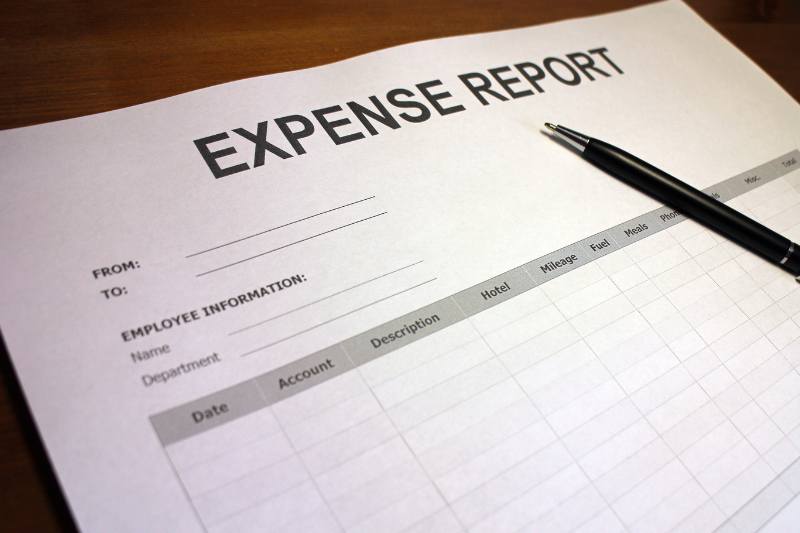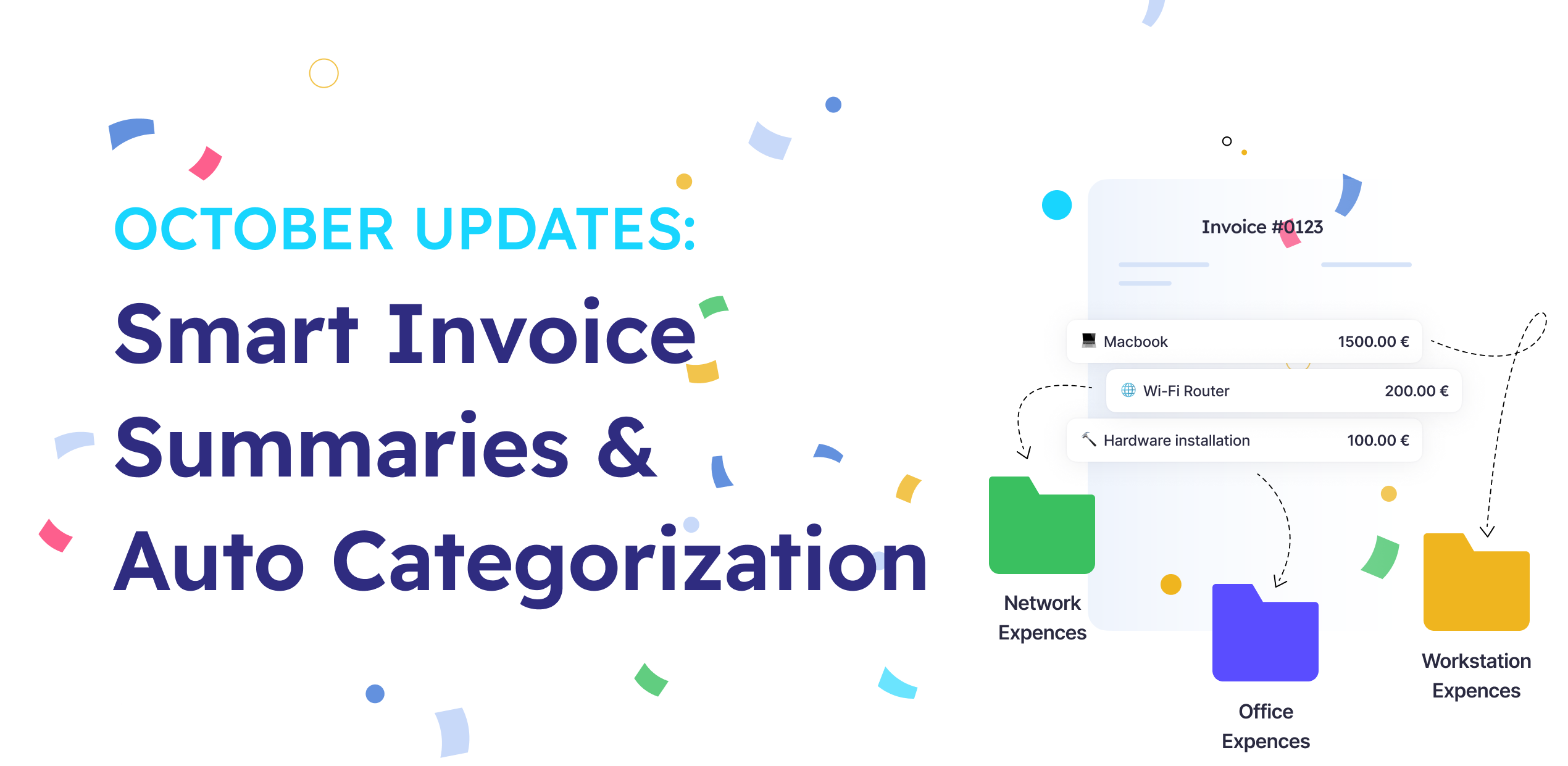Expense Management Automation – Best Practices and How to Actually Do It?

With new ways of working, about a quarter of employees (28%) plan to take a “flexcation” – booking longer stays to mix work and play [1]. But many employees hate one part of business trips – expense reports.
Six out of ten employees consider turning in expenses as their least favorite part of traveling for work.[2]
Unfortunately, this problem doesn’t only exist for business travel expenses. Employees who purchase items for work often procrastinate sending their expense reports, causing delays and other issues in financial reporting.
If you are:
Looking for a solution to missing receipts and late expense reports
Searching for a better way to approve expenses sent for approval
Restructuring existing processes to reduce preparation time for financial statements
Planning to improve operational efficiencies to improve productivity
Read on to learn how automation solves many of your expense management pain points.
How Much Do Employees Hate Expense Reports?
Many employees would rather experience a delayed flight than complete their expense reports. Often, employees wait until the last minute or until the accounting team demands their expense report before submitting the document for approval.
Expense reports may not be hard to create but they take too much time and effort.
According to the Global Business Travel Association, 59% of business travelers have to submit an expense report with an itemized list by type. [3]
While some employees have no issues processing expense reports, some find it too troublesome to make a detailed list of travel expenses they spend weeks prior. 35% of travel expense processors and 52% of business travelers have an adverse reaction to the existing expense management process for their company. [2]

Source: Getty for Canva
Rather than sticking to broken ways for expense reporting and forcing employees to be more compliant, businesses should consider modernizing and investing in automated expense management systems.
Expense Management Automation Explained
Companies incur expenses as part of their regular operations. Most businesses pay for expenses in two ways:
- Through the company’s purchasing department, which issues a purchase order to procure goods or services
- Through employees who pay for the expense with a company card, cash advance, or personal funds
Regardless of how you initiate the expense, it’s critical to have a process to keep track of business spending. Between the two expense categories, employee-initiated expenses are harder to monitor when you have a manual expense management system.
Traditionally, companies use physical documents or spreadsheets for preparing expense reports that employees send to management for approval.
How Does a Traditional Expense Management Process Work?
Before automation, most employees follow this workflow:
- Buy a product or service.
- Collect paper receipts or invoices to support the purchase.
- Gather all receipts and create an expense report based on the required format.
- Tape the receipt on paper and submit the physical or digital copy to the finance team for approval.
- Wait for rejection or approval. Address corrections or answer clarifying questions and request for re-approval.
- Receive reimbursement, if applicable.
- Archive expense reports and supporting documents.
While this system worked in the past, it’s no longer the most efficient way to manage expenses.
Why Automate Expense Management?

Source: Getty for Canva
Automating expense management processes simplifies expense tracking by using technology. Spend management apps like Envoice often require users to follow these steps:
- Snap a photo or upload a receipt or bill
- Review auto-extracted details, complete the fields required, and submit the expense
- Wait for approvers and finance to act on the expense approval request
- Explain unusual expenses or out-of-policy spending and request for re-approval
- Receive reimbursement, if applicable
An app makes it less of a hassle to create, submit, and organize expense reports. 95% of travel expense processors hope they have a tool to automate expense management.[3]
How to Automate Manual Expense Report Processes
Finance and Accounting teams can eliminate manual data entry and generate significant cost savings through automation. One of the most popular and cost-effective ways to automate expense requests is to use third-party software like Envoice.
With a cloud-based tool, your company can leverage powerful technology after signing up for an account.
Some of the most common features among spending management apps include:
- OCR that eliminates data entry
- analytics to dig deeper into your expense data
- expense fraud monitoring features
- automated receipt matching
- real-time spending visibility
Setting up your expense management software may take a few hours or days, depending on the apps you want to integrate with the tool.
Aside from using third-party software, businesses can also create internally-developed software to automate expense reports. A customized expense management system is ideal for companies with specialized operations that normal tools cannot perform.
On the flip side, developing the software from scratch could be more expensive. You also have to wait longer for the system to be ready for use.
7 Best Practices for Automating Expense Management
Whether you plan to use third-party software for expense management or create internally-developed software, it’s crucial to stick to some best practices when automating the expense management process.
We’ve rounded up seven things you can do to maximize success from expense management automation.

Source: Canva by Getty
#1 Update Your Expense Policy
Expense management automation will only be effective if you have an effective expense policy. Before you invest in a spend management tool, review and update your existing policy so you can customize rules based on the newest version of your expense policy.
If you don’t have a formal expense policy, create one before setting up your expense management app. Create a policy that all your employees can understand. Make sure to include expenses that the company covers.
Your expense policy should include a list of expenses that qualify as company expenses, corresponding limits for each expense, and required documentation.
After updating or creating the policy, inform employees of any changes. Make it easy for everyone to read and access the expense policy. At least every year, review your policy and adjust limits as needed to reflect current prices.
#2 Minimize Mandatory Fields When Filing Expense Claims
Preparing expense reports may be your employees’ least favorite activity because you require a lot of unnecessary details. Minimum requirements for expense claims include Date, Vendor Name, Quantity, Price, and Reason for the expense.
In a manual system, employees have no choice but to do manual data entry and itemize expenses based on their invoices – this could be one reason why many people delay submitting expense claims. Even if you have an expense management app, you may face problems with compliance if you require employees to complete unnecessary fields. When customizing rules for your app, don’t go overboard by requiring employees to complete unnecessary fields.
If using the app makes it harder to submit expense reports, expect to see continued delays in submitting expense reports.
Many employees prefer using expense management apps since they can complete expense reports faster. Users can extract data from invoices from a photo or PDF- so they only have to review the fields, make corrections, add notes and send the expense for approval.

Source: Canva by Getty
#3 Manage Your Software Subscriptions
Software subscriptions are a common expense type for any business. Tools like Microsoft Office and Adobe require users to subscribe. If you have several subscriptions, set up a dedicated team to manage all your subscriptions, and tap IT or a department other than finance.
Subscriptions are a common source of financial leaks since it’s easy to miss payments for a duplicate account or a discontinued subscription.
C+R Research finds that 42% of people forget to stop payments for subscriptions they’re no longer using – and companies face the same problem. [4] Unnecessary software expenses could eat into the bottom line. Improve expense tracking for all SaaS purchases by:
- Using subscription management software to keep track of all company subscriptions
- Tracking payment and renewal dates for subscriptions
- Assigning IT or another department to manage all subscriptions
Assigning someone to manage SaaS subscriptions helps you monitor your tech stack. If you have expense automation software, the company can set up workflows so all subscription-related purchases go to the subscriptions manager for approval. Saving the finance team from digging into the details of each subscription fee creates a more efficient process to achieve higher cost savings.
#4 Create a Preferred Supplier List
Larger companies often procure goods and services from specified suppliers to take advantage of lower prices without compromising quality. Even if you have a small business, having a list of preferred vendors is an effective method for getting the best value for your money. Buying more from one supplier increases your purchasing power and helps you negotiate better prices.
Ensure that your expense policy indicates that employees must purchase goods from the preferred supplier list first. They can only look for another store if the vendors on your list cannot send them on time or do not sell them. By implementing this level of control, you can achieve more cost savings and avoid paying for overpriced or low-quality goods.
#5 Encourage On-the-Fly Processing for Expense Reports
Lost and mutilated receipts make it harder for employees to claim expenses and for accounting teams to support the numbers on your financial reports. Once you have the expense management system in place, encourage everyone to download the mobile app and submit expenses as they happen.
Having a handy tool to capture an image of an expense and submit them for approval right away saves time for both your employees and the finance team. By making expense report submission easier, your employees can finally stop agonizing over a pile of receipts they need to organize and justify after returning from a business trip. If a receipt goes missing, it won’t cause many problems since you already have a digital copy to support expense claims.

Source: Canva by Getty
#6 Establish Accountability for Submitting Expense Claims
Creating a culture of accountability as you move to use automated expense management software creates operational efficiencies. Even the best expense policy is only effective if you hold employees accountable for their expense claims.
One way to improve accountability is to make supervisors and managers understand the expense policy thoroughly. Give them approving authority over expenses since they know why their team incurred a cost and whether it is reasonable. If possible, allow approvers to view reports that help them track team spending.
Another way to establish accountability is to define a time frame for submitting, approving, and reimbursing expenses on your policy. Designate approvers and alternate approvers so expense claims get processed right away.
Creating defined rules creates a win-win solution for everyone – employees receive reimbursements faster, your accounting teams can prepare financial statements earlier, and decision-makers can access accurate and complete financial data.
#7 Review Expense Trends and Flagged Transactions
Automated systems support continuous monitoring and automated audits. It can flag unusual transactions and duplicate payments. Although automating expense approvals doesn’t mean you can skip regular audits, they go faster and it’s easier to know who initiated the transaction and what happened before it was approved.
During your review, look for items flagged by your system and understand why. Your audit can highlight areas for improvement that could help you enhance existing rules and policies.
You can also utilize advanced reporting features and analytics to find patterns and trends. Use this information to find areas where you can cut costs without affecting operations. Information provided by your expense software can also help your business create a realistic budget for different expenses.

Source: Canva by Getty
Improve Business Performance With the Right Automated Expense Management Software
Expense management automation simplifies the process of sending expense claims. Your employees are less likely to delay the submission of expense reports, and your finance team is less likely to miss reporting deadlines. Improving expense management also helps you create accurate forecasts and reliable budgets to support profitable operations.
If you’re still stuck on the traditional expense reporting process, it’s time for a change.
Book a demo with Envoice to see how technology streamlines expense reporting while increasing cost savings.
Article Resources:
[1] https://www.ipw.com/ipw-daily/spring-preview/trends-policy-insights/bleisure-travel-boom
[2]https://about.americanexpress.com/newsroom/press-releases/
[3]https://www.gbta.org/expense-reporting-state-of-the-industry/
STAY ALWAYS TUNED
Subscribe to newsletter
STAY ALWAYS TUNED
Still not sure?
- Don’t spend time on manual work
- Streamline processes with AI
- Automate your invoice flow
- Integrate with the tools you rely on every day












